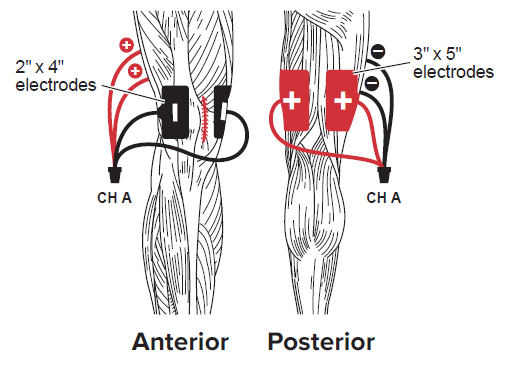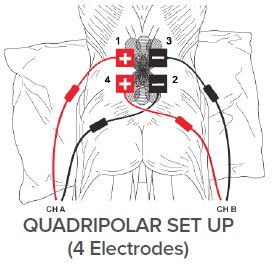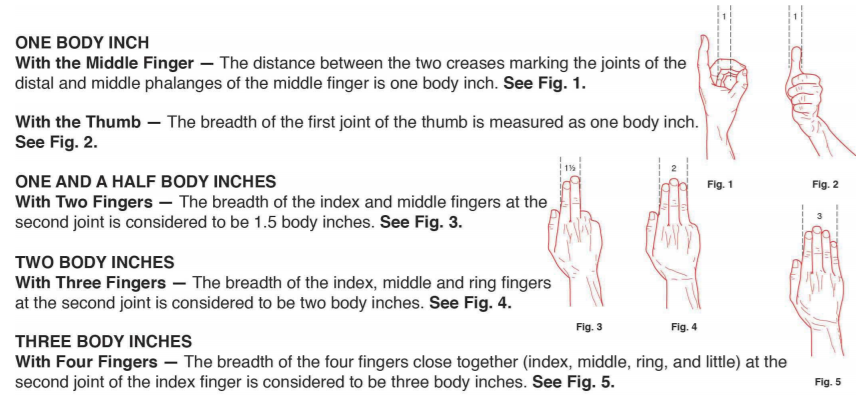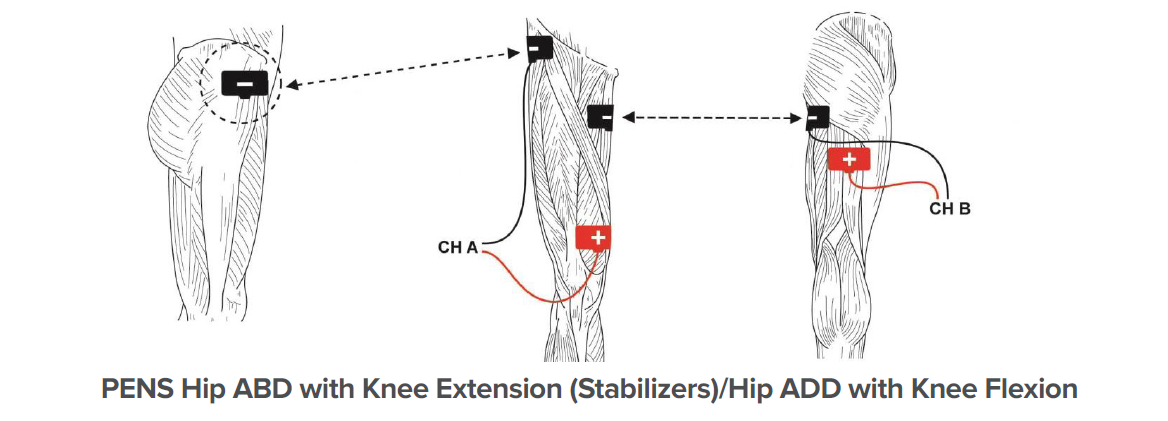Gersten’s 1955 article on the effect of ultrasound on tendon extensibility began six decades of continuous published research, which has demonstrated the tried and true benefits of ultrasound. 1 These benefits include pain reduction, a high degree of patient comfort and acceptability, increased cellular microcirculation, relaxation of trigger points and improved collagen extensibility. All of these physiological benefits are dependent on proper dosage and application technique. Ultrasound can provide both mechanical and thermal effects. An effective, skilled ultrasound treatment requires the use of high-quality ultrasound equipment, evidence-based patient-specific parameters, the appropriate treatment area, proper transducer movement speed, and optimal incorporation of the treatment with other therapy procedures.
60 Years of Evidence Based Practice: Ultrasound Application, Parameters, and Dosimetry
Topics: Pain Management, Clinical Tip, Orthopedic
Biophysical Agent Options to Reduce Edema In Subacute Rehab
Topics: Pain Management, Clinical Tip, Orthopedic
Shoulder Rehabilitation Using Isometrics and Biophysical Agents
Shoulder range of motion, strength, and function are vital to self-care and everyday activities such as dressing, bathing, lifting and carrying items, and putting away groceries. With advanced age individuals may experience a variety of shoulder impairments including arthritis, rotator cuff tears, impingement, and fractures. These issues can result in pain, decreased motion, impaired strength, and reduced function.
Topics: Pain Management, Clinical Tip, Orthopedic
Traditional Interferential Current (IFC) or Premodulated (PREMOD) IFC for Pain Relief
IFC has been shown to be effective for treating multiple types of pain in locations throughout the body.1,2 Both traditional IFC and PREMOD IFC can be done at sensory and motor levels. Sensory settings provide segmental pain relief that is fast-acting and lasts for several hours. Motor stimulation tends to be slower-acting, but may relieve pain for up to 8 hours via segmental and systemic pain modulation. Available options in the OmniStim® Pro and OmniVersa® electrical stimulation devices include:
Topics: Pain Management, Clinical Tip
Stroke is a common diagnosis in rehabilitation and resultant visual field disorders can be a significant barrier to a successful rehabilitation program.
Topics: Clinical Tip, Neuro Rehab
Optimizing Head, Neck and Trunk Positioning to Impact Swallow Performance and Safety
Topics: Dysphagia, Clinical Tip
Application of Biophysical Agents Over Acupoints for the Treatment of Pain
Acupuncture has been used in traditional Chinese medicine for thousands of years. Over the past few decades, the practice of acupuncture has been accepted in the United States for the treatment of various conditions, including pain management. Traditional acupuncture treatment involves inserting needles at various well-defined points known as “acupoints”. In contrast to needles, research demonstrates that the stimulation of acupoints with transcutaneous electrical nerve stimulation (TENS) and therapeutic ultrasound also reduces pain1, 2.
Topics: Pain Management, Clinical Tip
Treating Hip External Rotators and Abductors to Improve Function
Topics: Clinical Tip, Orthopedic







